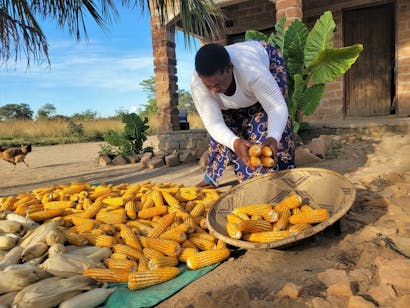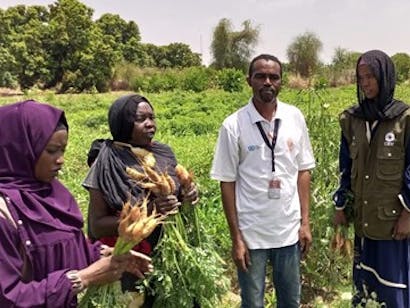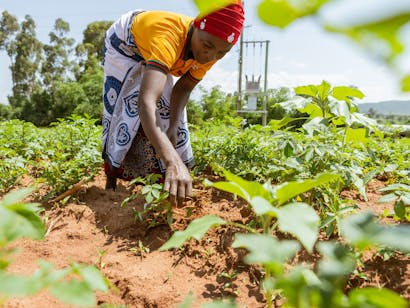Partners for Resilience Programme
For ten years, CARE has worked with communities, civil society and governments in Ethiopia, Guatemala, Indonesia, Mali, Philippines and Uganda to increase resilience in the face of rising climate and disaster risks, and to foster systemic change.
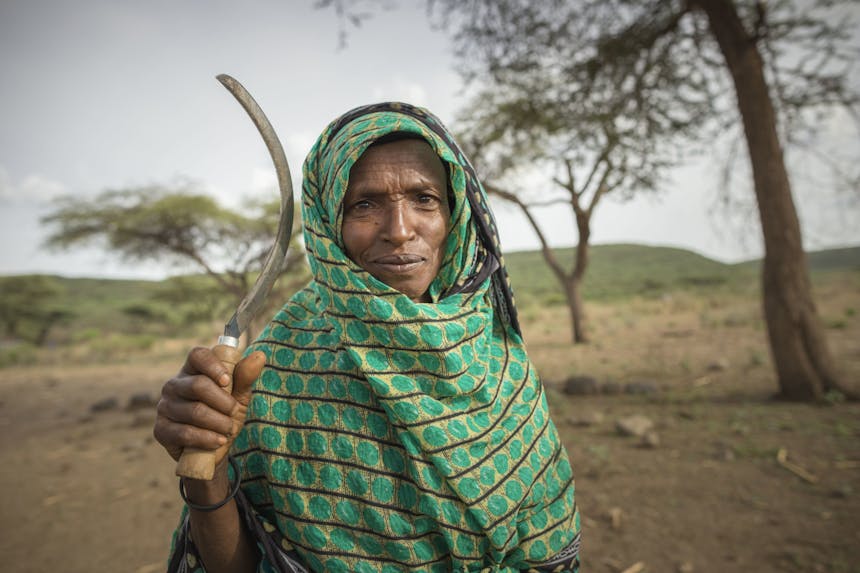
In these low and lower-middle-income countries, climate-related disasters and environmental degradation are leading to significant social and economic costs. Poor and vulnerable people become trapped in a vicious circle. And there is limited space for people to raise their voice and make their needs known to decision-makers.
To change this, CARE supported 6,234,992 community members. These women and men are now covered by disaster risk reduction plans integrating climate and ecosystems, and many were helped to diversify their livelihoods. 366 Civil Society Organisations increased their capacity to lobby and advocate for community resilience. This resulted in 72 policies, guidelines and laws taking an integrated, inclusive approach, improving community resilience.

CARE’s Partners for Resilience programming started in 2011, in partnership with the Netherlands Red Cross, Cordaid, the Red Cross Red Crescent Climate Centre and Wetlands International, funded by the Netherlands Ministry of Foreign Affairs. With community resilience as a starting point, the programme took an Integrated Risk Management (IRM) approach to increase community resilience by integrating disaster risk reduction (DRR), climate change adaptation (CCA) and ecosystem management and restoration (EMR).
Please click here for a summary of the programme.
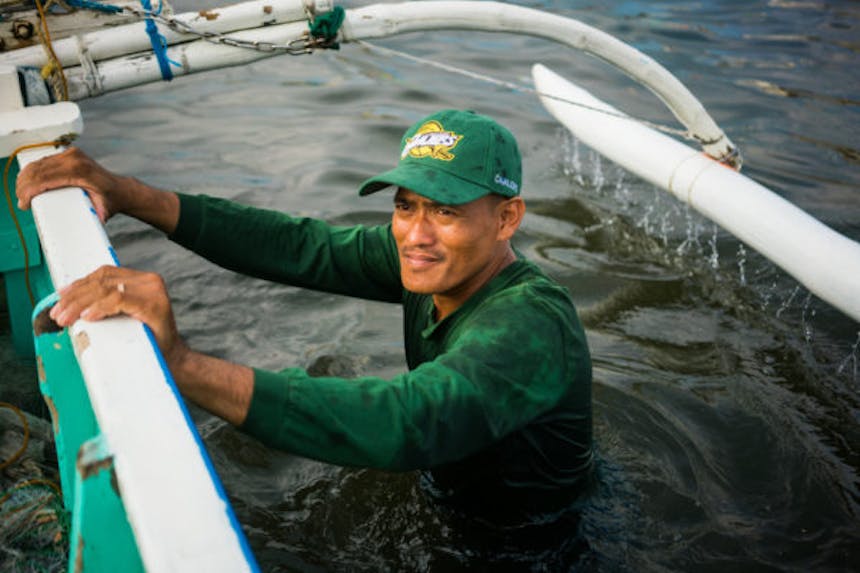
Country briefs outlining CARE’s main achievements in each country
Additional publications
- We Bend, We Do Not Break – highlighting how the implementation of an IRM approach leads to social transformation and communities prepared to deal with a diversity of shocks.
- Climate Adaptation Finance: Fact or Fiction? – an assessment of whether rich countries’ reporting of adaptation finance is accurate and genuinely contributes to climate adaptation.
- A Landscape Approach for Disaster Risk Reduction in 7 Steps – synthesis of main characteristics of the landscape approach, outlining seven concrete steps.
- Integrated Risk Management explained – CARE’s approach to IRM, key characteristics of the approach and how IRM links to international frameworks.
- Integrated Risk Management Law and Policy Checklist – a practical checklist to identify areas for improvement within current legislation, policies and implementation in relation to the integration of DRR, climate, ecosystems, gender and community-focus.
- PfR’s Flagship Report “Local action, global ambition – shows the major results achieved in PfR’s ten years of working on Integrated Risk Management.
